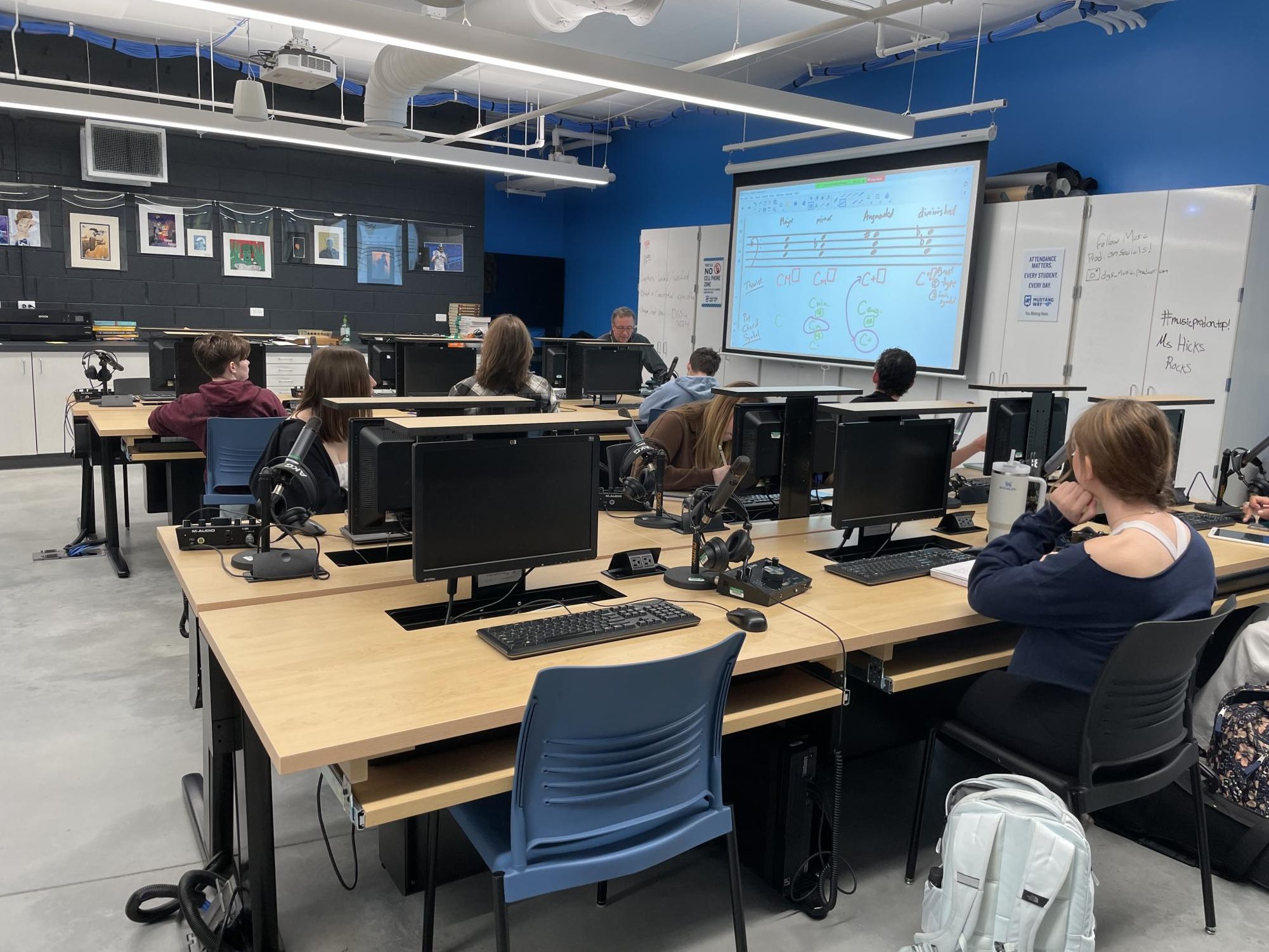
Blended learning in AP Music Theory leads to mayhem
As the clock strikes 7:30 a.m., students open their Chromebooks and head to the Zoom app. They make sure they are in the frame and have all of their class materials ready, and then they click “join meeting.” Their computers ding! with the sound of each student logging on to class.
This scenario was typical for a class taken during 2020 or 2021. However, it’s a unique situation to see in 2023. At DGS and DGN, AP Music Theory is taught in a blended learning style, meaning that for one week DGS is on Zoom while DGN is in person, and for the next week it’s vice versa.
Dr. Frank Piekarz, the AP Music Theory teacher, rotates his presence between schools each week. When he’s at DGN, he’s projecting to the students at DGS through Zoom, and it’s the same for DGN when he’s at DGS. Although the setup looks very different, students at North and South get the same content each week.
This setup comes with some difficulties, but administration at both schools have problem-solved to work out the kinks. For example, the class was originally on Google Meet, but they switched to Zoom due to its better sound.
“Historically, Zoom did a better job during the epidemic of meeting the unique needs of music teachers. For example, Zoom allows me to use a webcam to speak, play examples on a keyboard next to me, and switch very easily between windows on my screen that allow me to not only show my notes in notation, which are drawn in by hand, using a stylus and my touch screen laptop, but also audio and video clips that are necessary for delivering course content. Google Meets doesn’t have that usability,” Piekarz said.
The technology is still not perfect, though, with students sometimes struggling with WiFi and trying to stay on the Zoom or others not being able to hear what Piekarz says or plays on his piano. AP Music Theory student DGS sophomore Jack Melie discussed the various technological issues that come with having class on Zoom.
“The big thing is sometimes it’s hard to hear when he plays things on the piano. And then there’s an online textbook that we use, and he’s played recordings, like ‘listen to this and tell me what scale this is,’ and it’s hard to hear sometimes when he’s at North. There were a few days where the WiFi wasn’t working for someone or they couldn’t see the presentation, but we did some troubleshooting and it was mostly fine after that,” Melie said.
The biggest problem that AP Music Theory students faced was at the beginning of the year. Originally, they were not given a room and were forced to find somewhere in the school to log onto Zoom. AP Music Theory student DGS sophomore Abby Heavrin explained the students’ process in finding somewhere to take the class.
“We’re all music students; choir and band are the kids in the class, so we all kind of congregated in the music wing, but jazz happens in the band room, so band room’s off limits for going in there. And then people were going in the choir room, but not using headphones, and it’s such a big open space that it caused a lot of Internet difficulties and people weren’t able to get on. …So then they opened the study rooms in the commons, but they aren’t soundproof, so when school decides to play music in the mornings for Welcome Wednesdays or whatever, you could hear it. And people would go up to the windows, and we didn’t have pianos, so there was just – it wasn’t great. But now that we have a set room and a set person to keep us all in check, it runs a lot smoother,” Heavrin said.
Getting a designated room for AP Music Theory involved many emails between administration and students’ frustrated parents. Once the district approved supervisors to observe the students while Piekarz was at the opposing school, students were given a classroom with the necessary materials for the class.
Overall, students enjoy the class, but find Zoom to be less effective than in-person instruction. Melie shares his thoughts on the Zoom weeks opposed to in-person.
“I really do learn better when I’m in person with the teacher, but I feel like with the situation that my teacher was given and that I was given we are giving the best we can with this blended learning schedule, and I feel that he’s doing a really good job making sure everything is working but I would obviously rather be in person if that was possible,” Melie said.
Learning half of the curriculum on Zoom and half in-person would be difficult for any class, but, as Heavrin explained, AP Music Theory is already difficult and the Zoom weeks make it even harder.
“If there’s not a teacher who can teach at the school, don’t have the class, is kind of how I think. Just because it is an AP course, and I’m taking AP U.S. History right now and that’s so difficult, with the teacher in person four days a week for a registered class time. This is shorter than a class period, 30-40 minutes, and then he’s not in person, so it’s hard, and it’s a hard class, so if you can’t have the teacher in person don’t have the class,” Heavrin said.
Most people in the district, however, can agree that Piekarz is doing a great job managing the blended style. As of Oct. 31, AP Music Theory class averages all throughout the district are sitting at 90%, so students are mastering the course content. Piekarz is also making sure to give extra help to the students who need it.
“First and foremost, the students know that I am available each day before class starts, starting at 7 a.m. That means that whether I am holding class at their campus or not, they have access to me to ask me questions about anything relating to the course. Additionally, I find myself giving assessments more frequently, over a smaller amount of content, on a weekly basis. This, I think, provides the students with the chance to make their learning more ‘bite-sized’ and easier to digest. Finally, all of our recorded [Zoom] class sessions are linked in our shared Drive folder for the class. All in all, students have multiple ways that they can feel supported in their learning,” Piekarz said.
Although students say Zoom will likely never give the same teaching experience as in-person instruction does, blended learning may be the future of education. Fine Arts Department Chair Jerry Lowrey speaks on the current situation and how that looks for the future of learning.
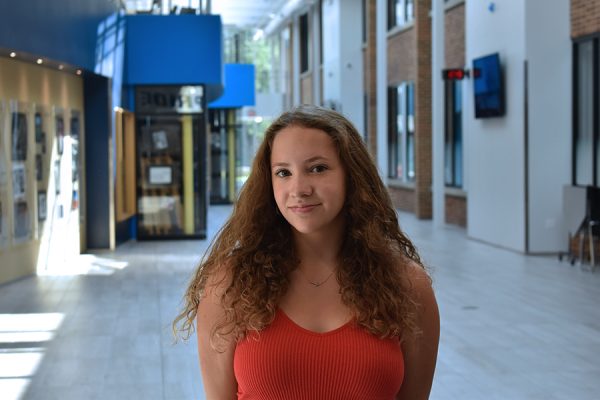




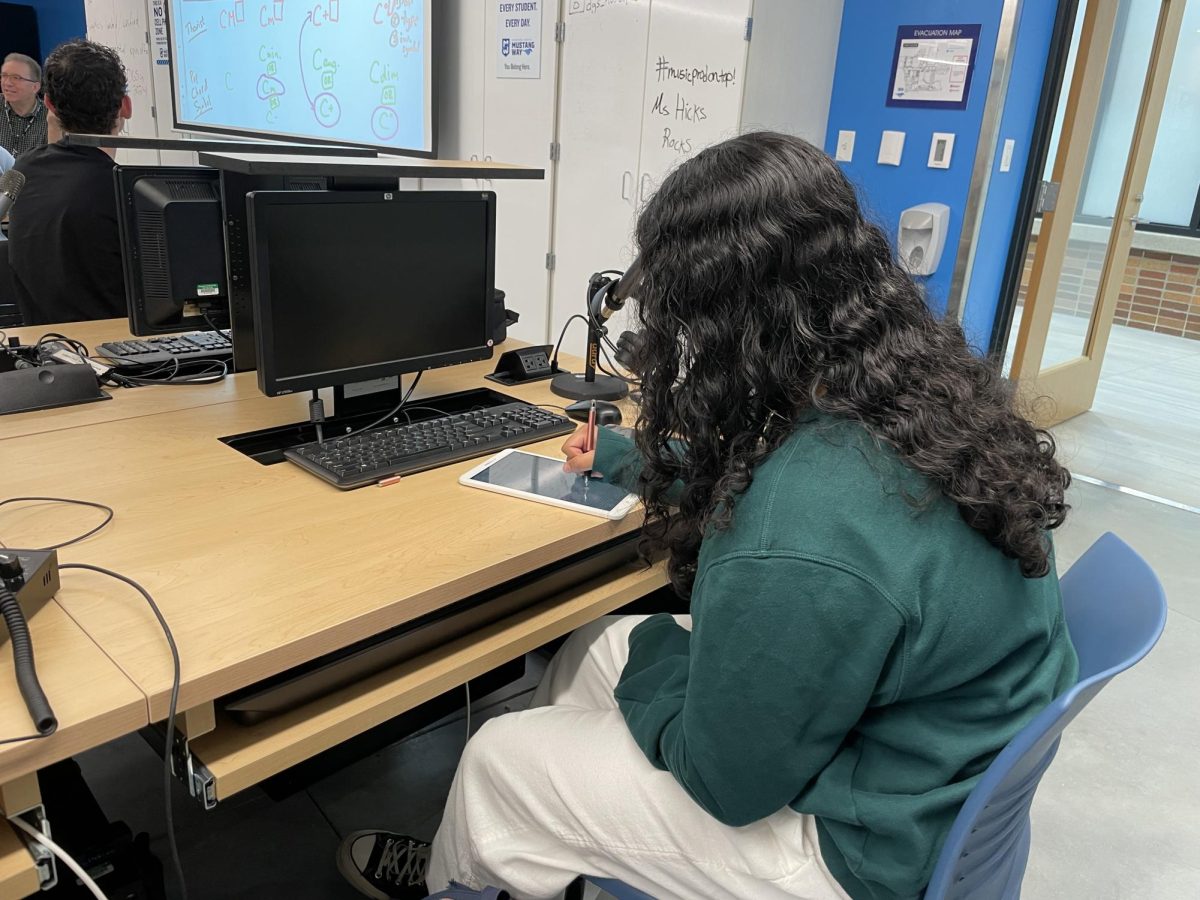
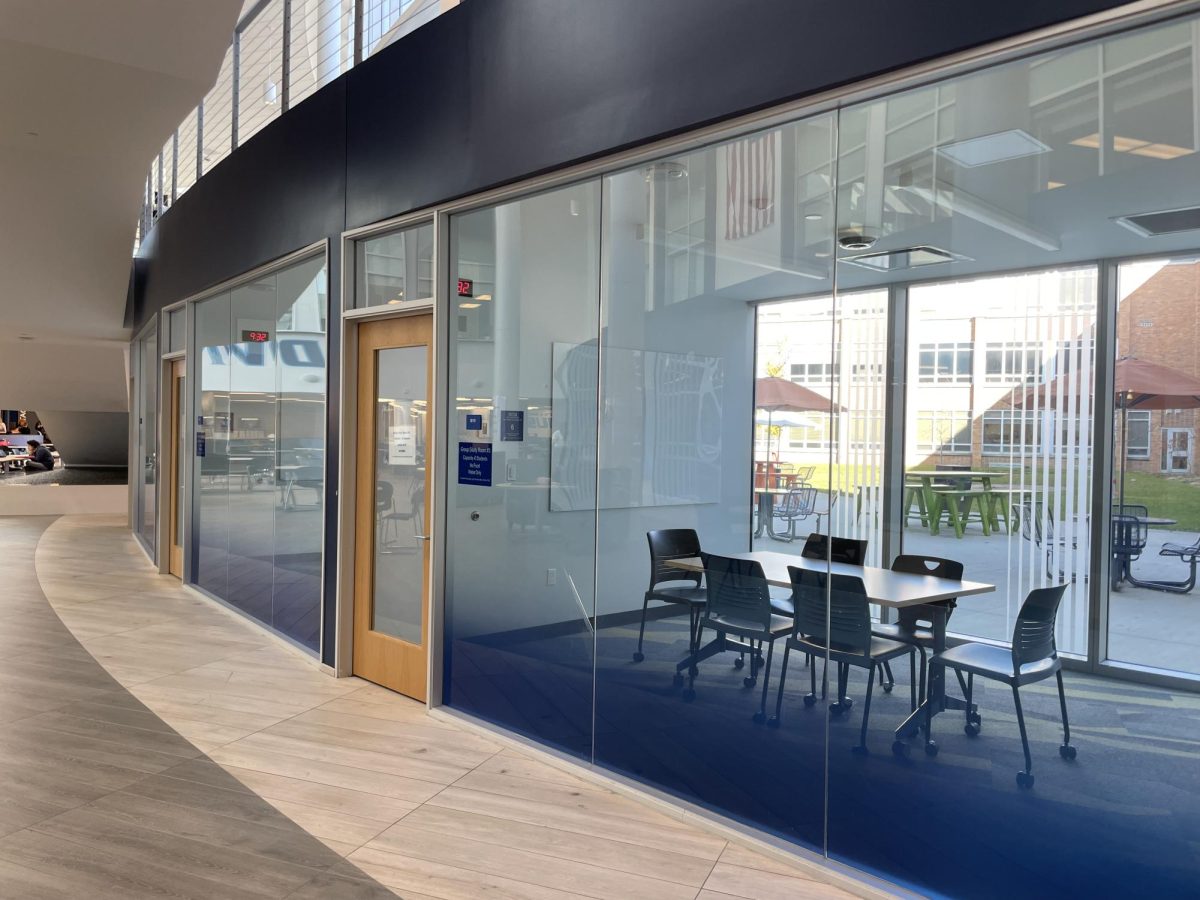

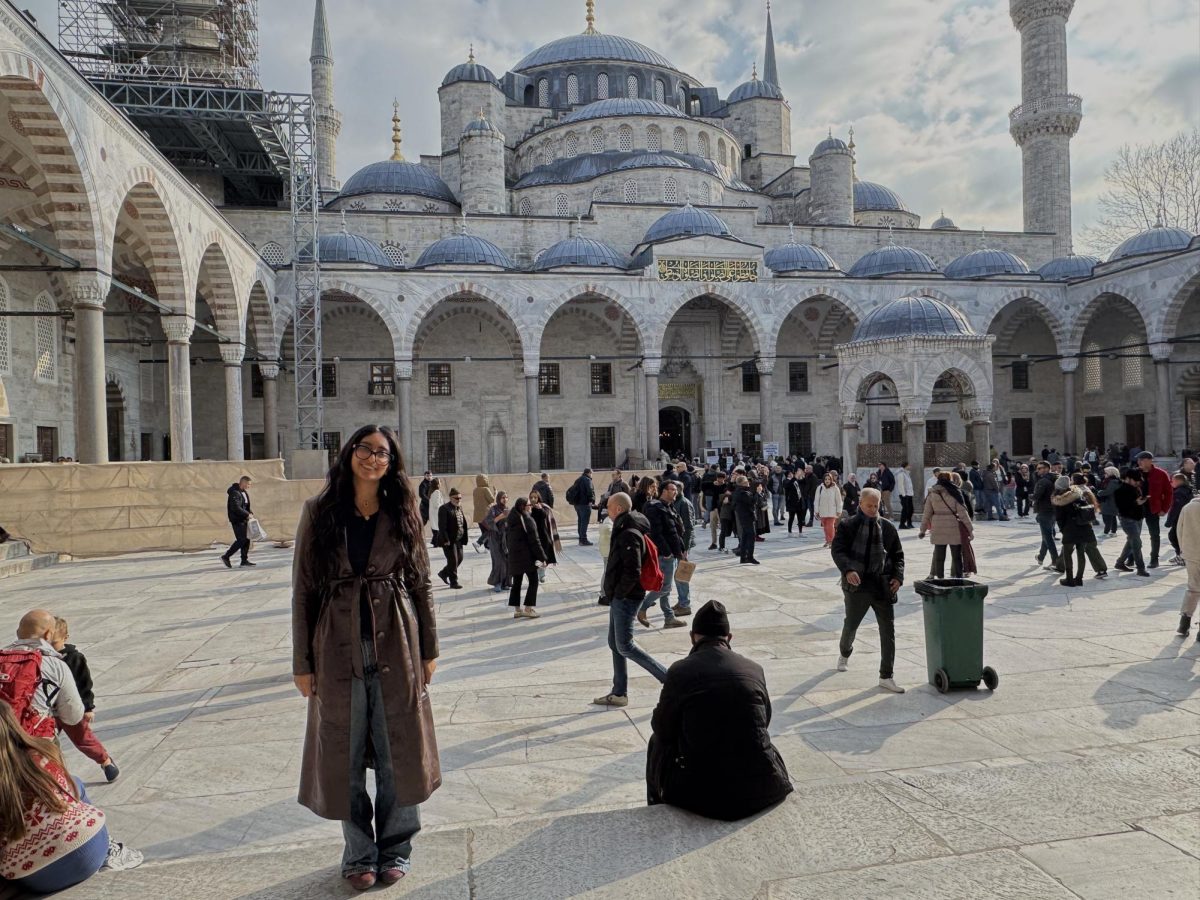
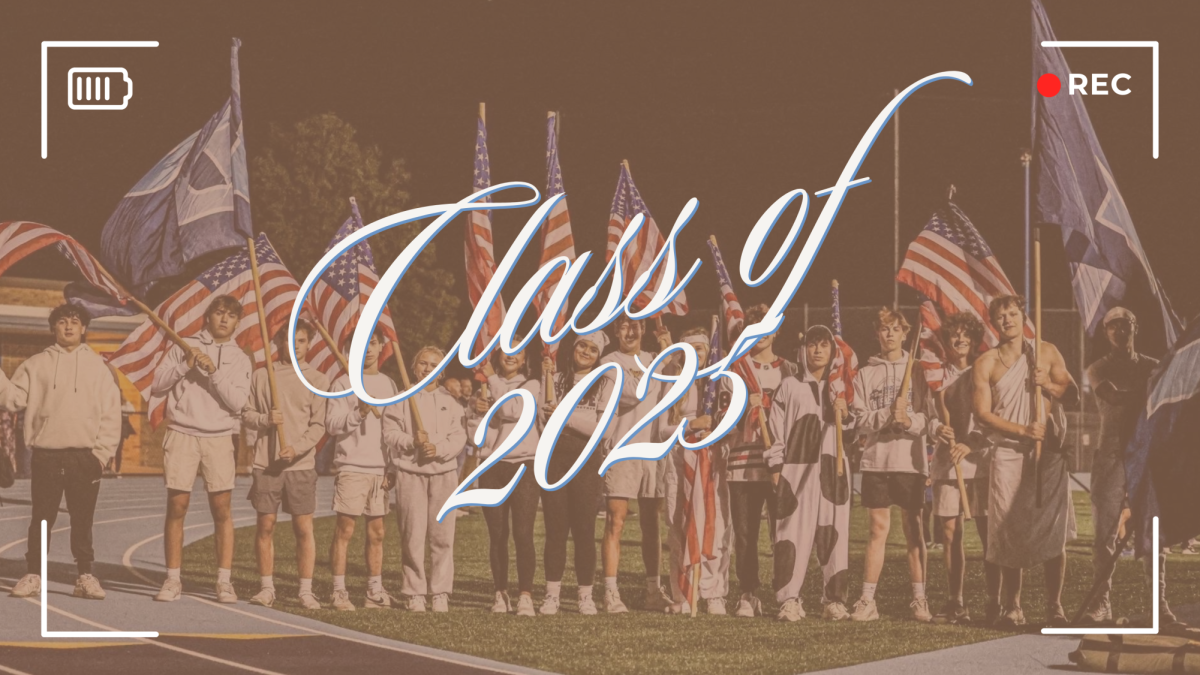
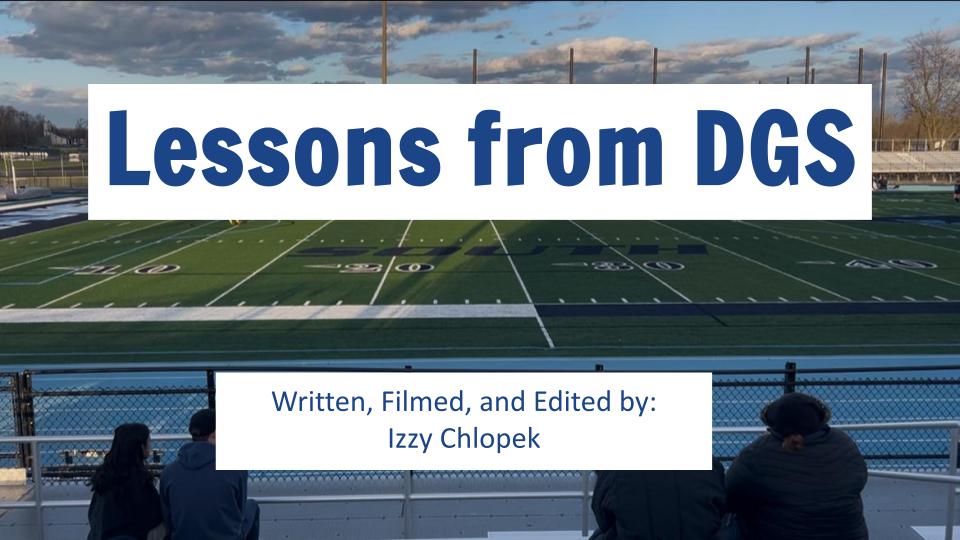


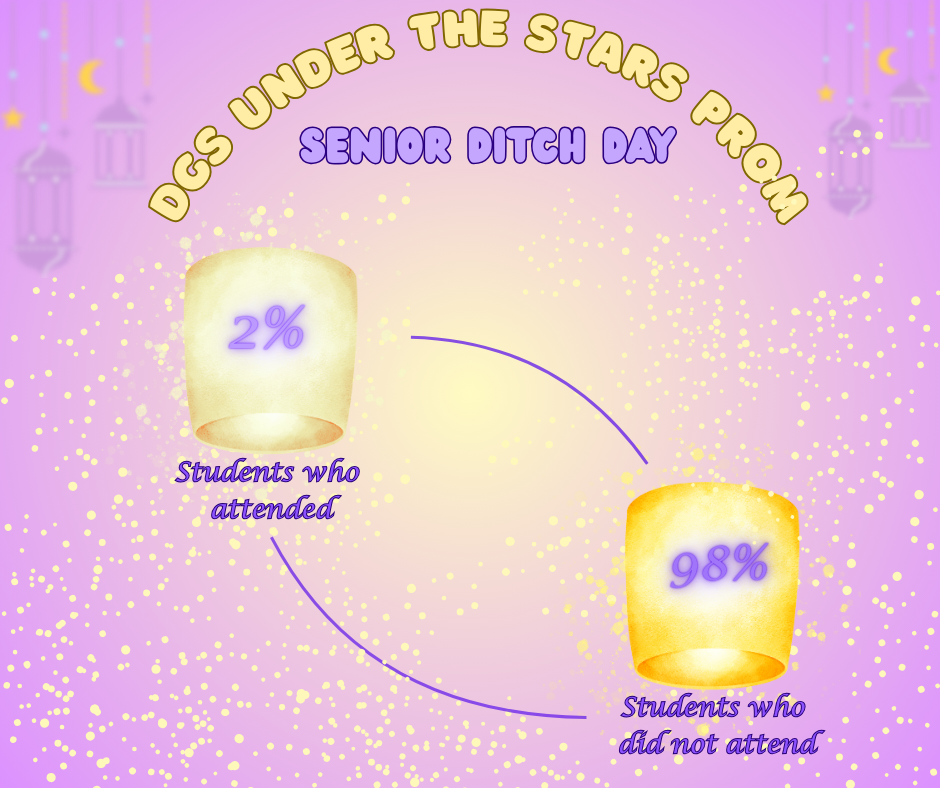
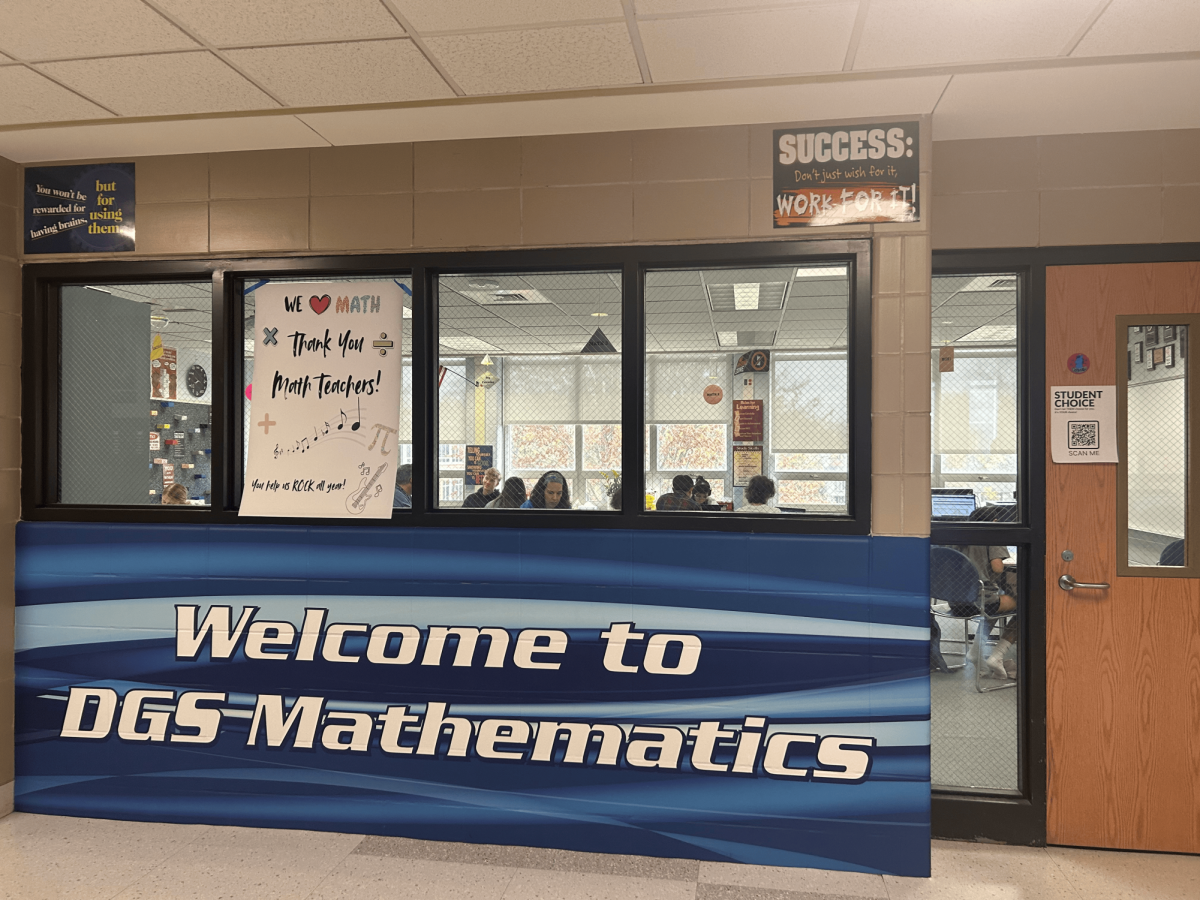
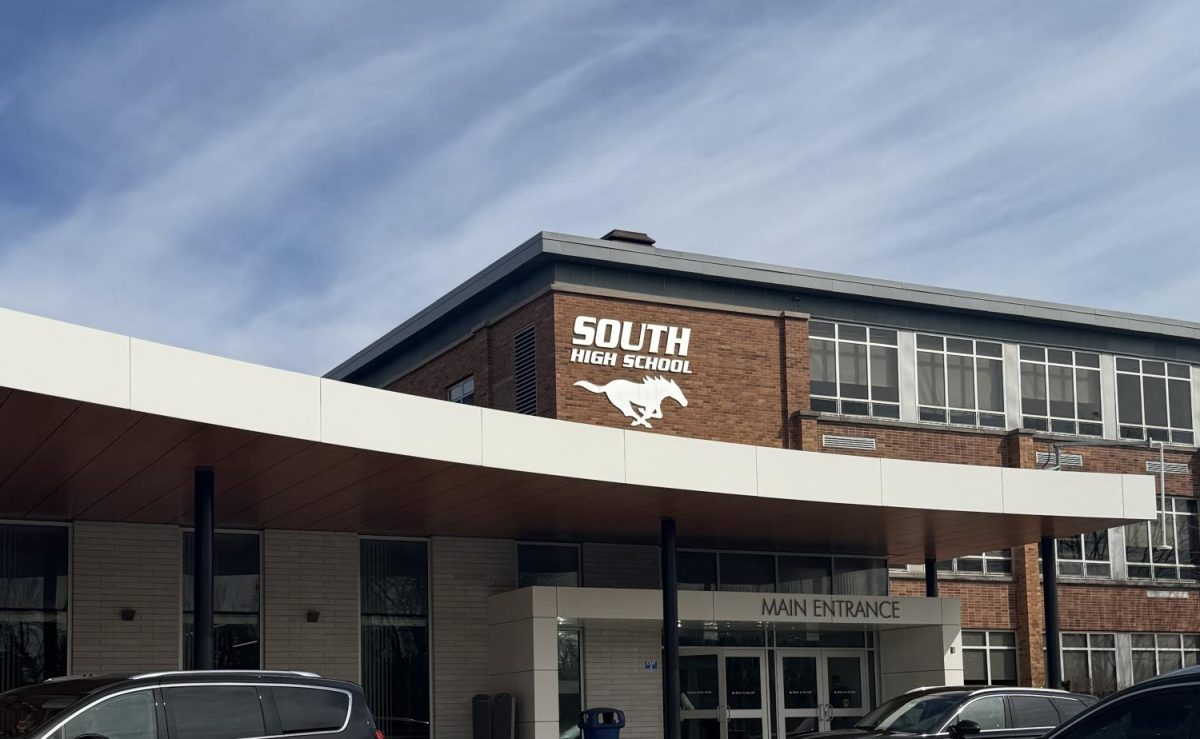
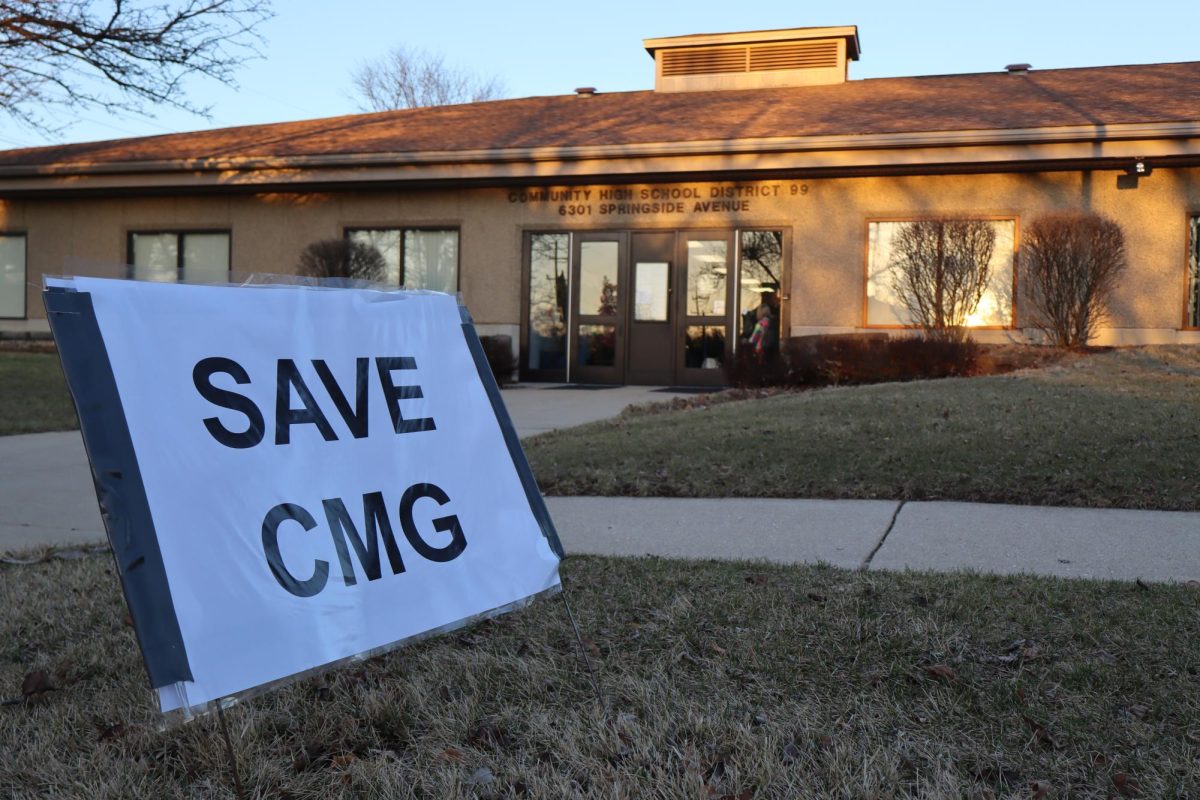

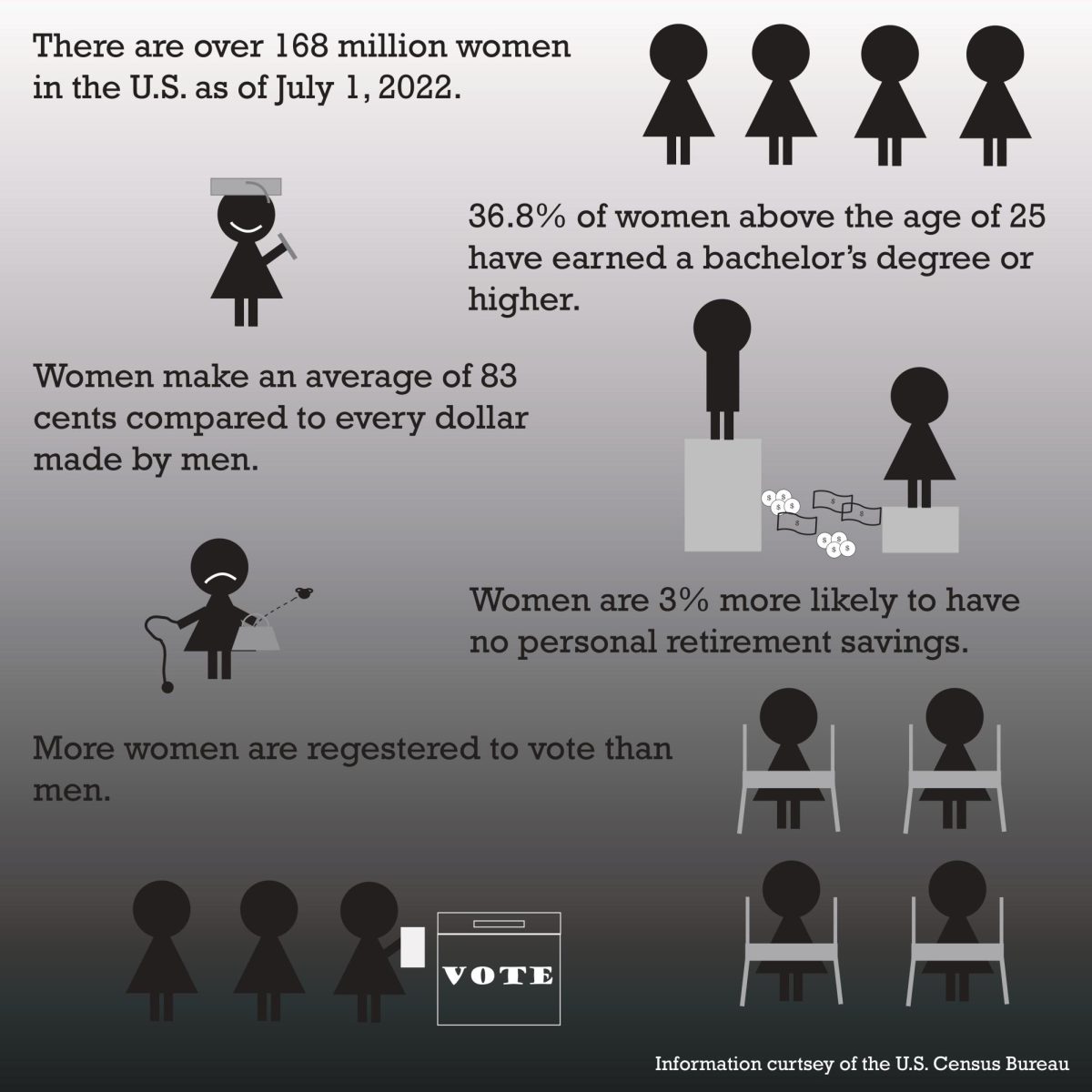
AH • Nov 7, 2023 at 1:06 pm
Very informative. Good article! I didn’t even know this was a class nor did I know that there were blended classes like this in our district.